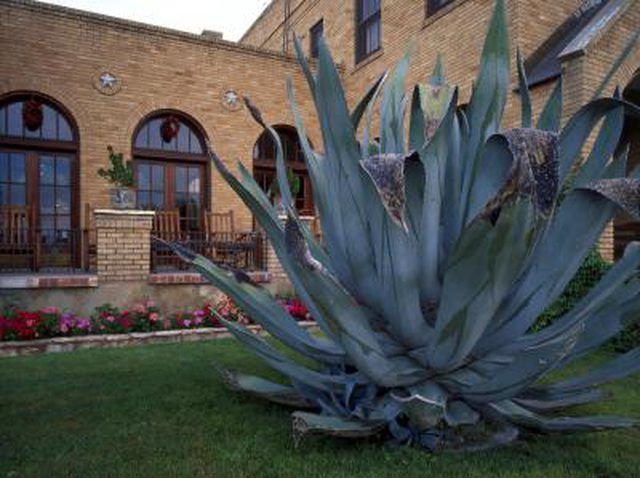Bulbs
Flower Basics
Flower Beds & Specialty Gardens
Flower Garden
Garden Furniture
Garden Gnomes
Garden Seeds
Garden Sheds
Garden Statues
Garden Tools & Supplies
Gardening Basics
Green & Organic
Groundcovers & Vines
Growing Annuals
Growing Basil
Growing Beans
Growing Berries
Growing Blueberries
Growing Cactus
Growing Corn
Growing Cotton
Growing Edibles
Growing Flowers
Growing Garlic
Growing Grapes
Growing Grass
Growing Herbs
Growing Jasmine
Growing Mint
Growing Mushrooms
Orchids
Growing Peanuts
Growing Perennials
Growing Plants
Growing Rosemary
Growing Roses
Growing Strawberries
Growing Sunflowers
Growing Thyme
Growing Tomatoes
Growing Tulips
Growing Vegetables
Herb Basics
Herb Garden
Indoor Growing
Landscaping Basics
Landscaping Patios
Landscaping Plants
Landscaping Shrubs
Landscaping Trees
Landscaping Walks & Pathways
Lawn Basics
Lawn Maintenance
Lawn Mowers
Lawn Ornaments
Lawn Planting
Lawn Tools
Outdoor Growing
Overall Landscape Planning
Pests, Weeds & Problems
Plant Basics
Rock Garden
Rose Garden
Shrubs
Soil
Specialty Gardens
Trees
Vegetable Garden
Yard Maintenance
How to Save a Dying Agave Plant
How to Save a Dying Agave Plant. Agave plants are succulents that feature thick, water-filled leaves. They thrive in dry, hot conditions and can live for long periods without water. If the weather is too harsh, agave plants becomes dormant, shedding leaves until they take in water again. Agave plants can also suffer from a variety of diseases and...

Agave plants are succulents that feature thick, water-filled leaves. They thrive in dry, hot conditions and can live for long periods without water. If the weather is too harsh, agave plants becomes dormant, shedding leaves until they take in water again. Agave plants can also suffer from a variety of diseases and pest infestations. Examining your agave plantís symptoms is the best way to determine the best treatment to nurse the plant back to health.
Things You'll Need
Garden shovel
Fungicides
Broad-spectrum insecticides
Freezing
Examine the leaves of the agave plant for black areas. Freezing causes the agave leaves to turn black, eventually drying and falling off. Usually the agave plant recovers from external freeze damage when freezing temperatures only last a few hours.
Transplant the agave near the house or in a patio area that receives warmth from the house. Carefully remove the agave plant from the soil using a garden shovel.
Choose a well-drained area and plant the agave so that the agave tissue remains above the soil. Succulents planted too deeply cannot establish roots and eventually die.
Sun Damage
Examine the agave for yellowing leaves and dropping leaves. Excessive sunlight causes these symptoms.
Transplant the agave to an area with partial shade following the instructions in Section 1, Steps 2 and 3.
Choose areas for transplanting where pine and oaks give partial shade or in an area protected from direct sunlight.
Anthracnose
Examine your agave plant for orange or red spores or lesions on the leaves and leaf tops. Lesions form as a result of the spores. Wet weather is the cause of anthracnose, causing spores to spread over the plant from wind and rain.
Remove the leaf and avoid watering the plant with a sprinkler if you find spores or lesions.
Protect the agave from the rain with a plastic covering until the lesions disappear.
Helminthosporium
Check for soft, dark spots on the upper area of your agave plant. A fungus from the Helminthosporium species forms spores that infect the agave when carried by wind and rain, resulting in leaf rotting.
Apply fungicides to diminish the spread of the fungus by spraying both the upper and lower portions of the leaves. Spray fungicides around the agave base also.
Remove excessively infected plants to prevent spreading the spores to other plants.
Insects
Examine the agave plant for wilted or yellow, scarred leaves. Female weevils lay eggs inside the base of the plant, causing wilting leaves and plant collapse from surface wounds, while the agave plant bug causes yellow leaves.
Apply broad-spectrum insecticides in the spring to control the agave weevil and plant bugs.
Spray the insecticides around the plant base to thoroughly destroy any weevils living in the soil. Spray the insecticide on the upper and lower surfaces of all leaves to prevent agave bug plant infestation.